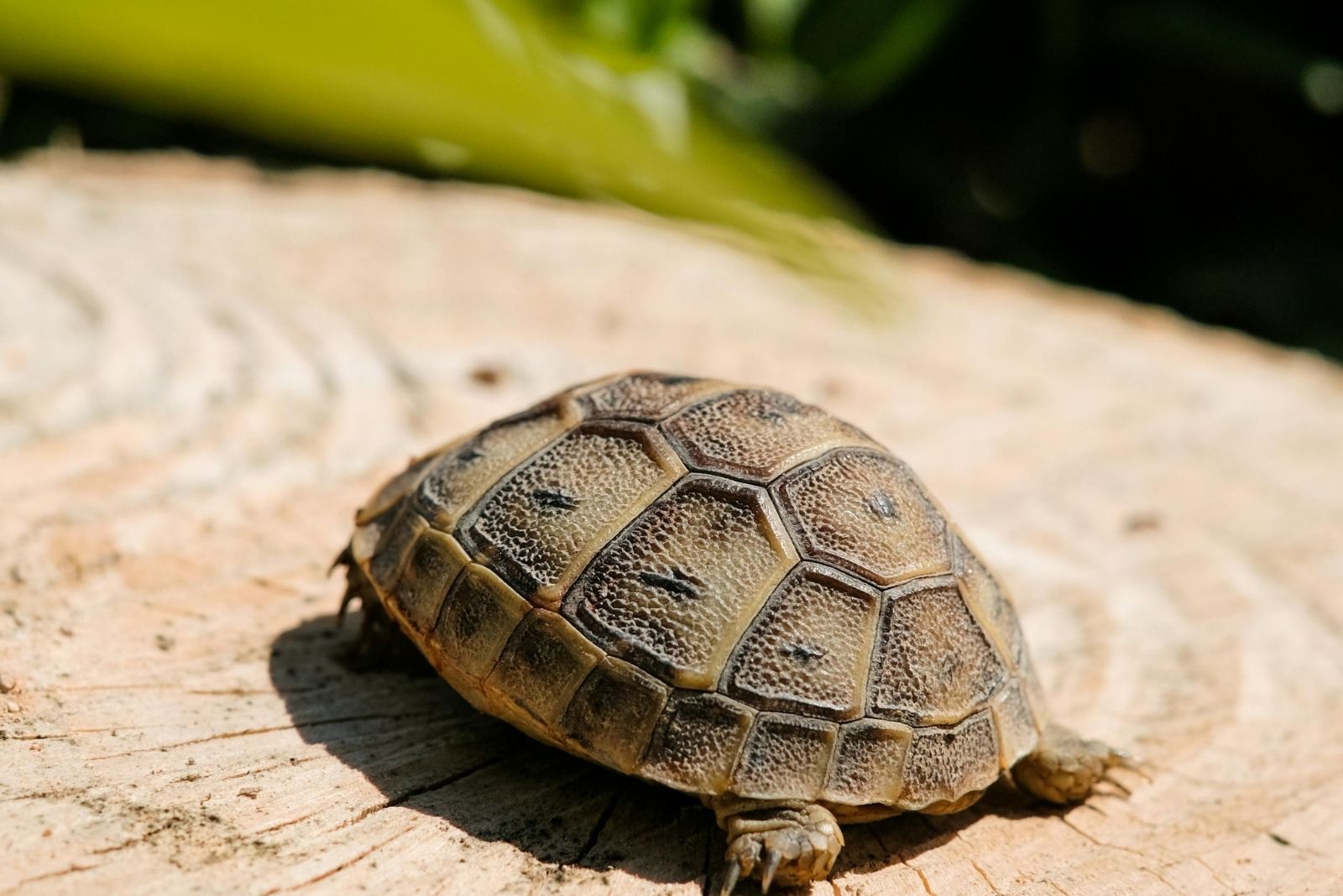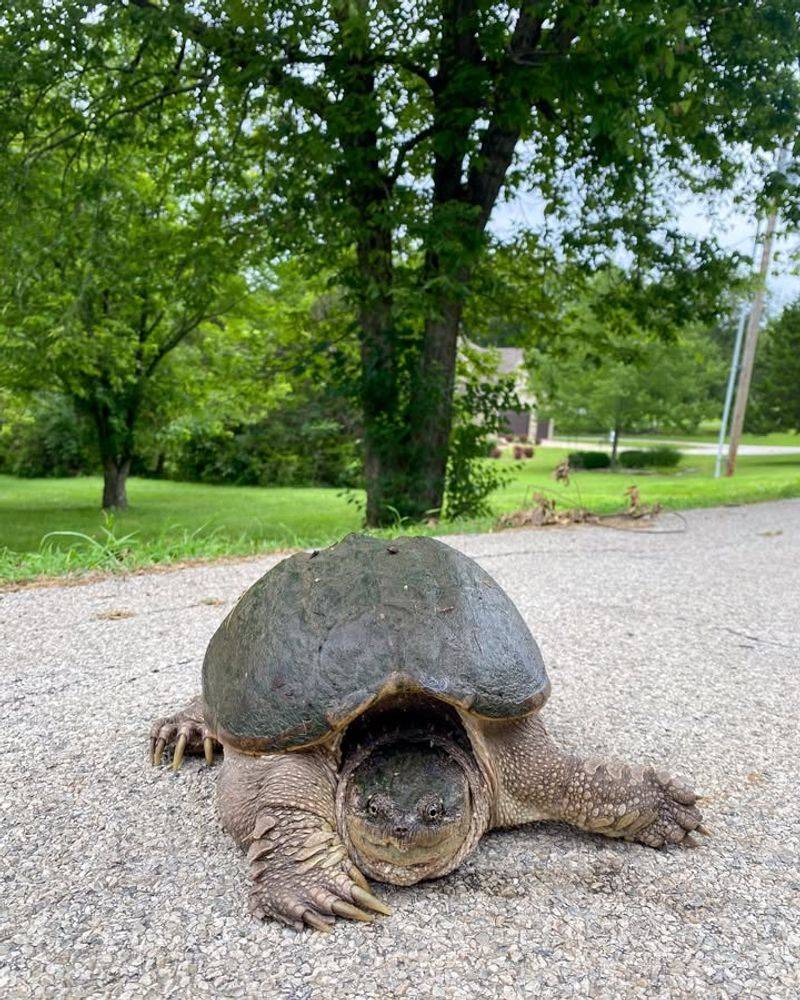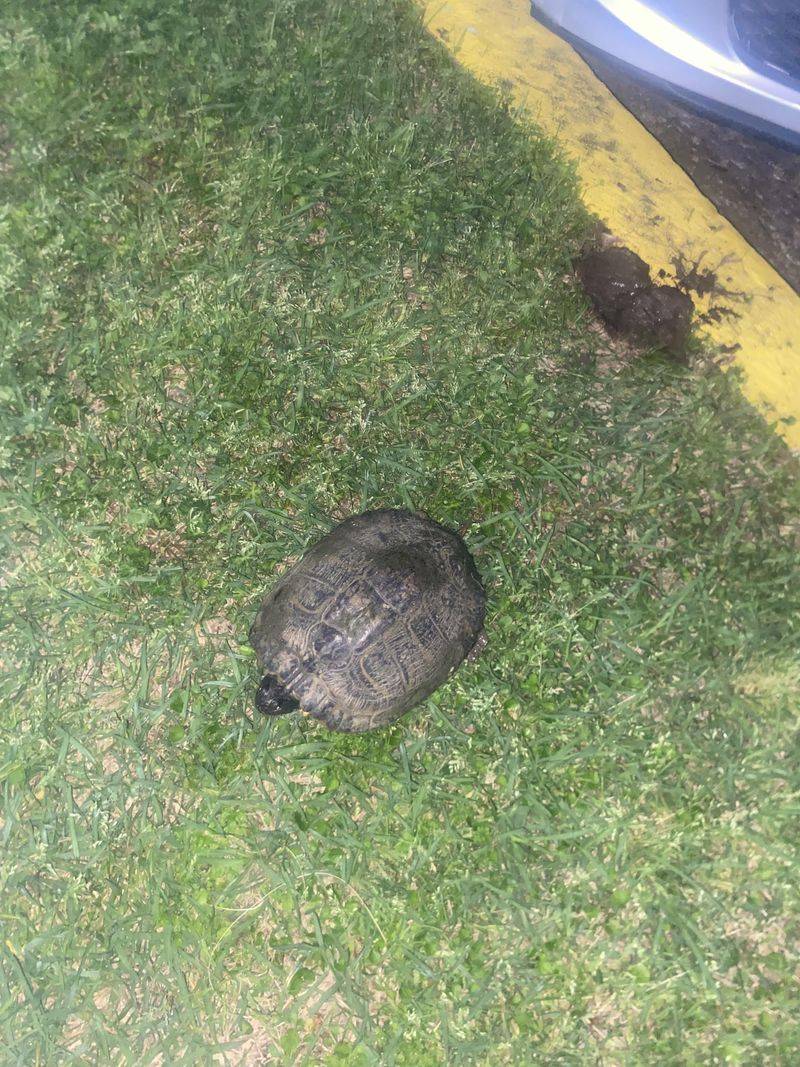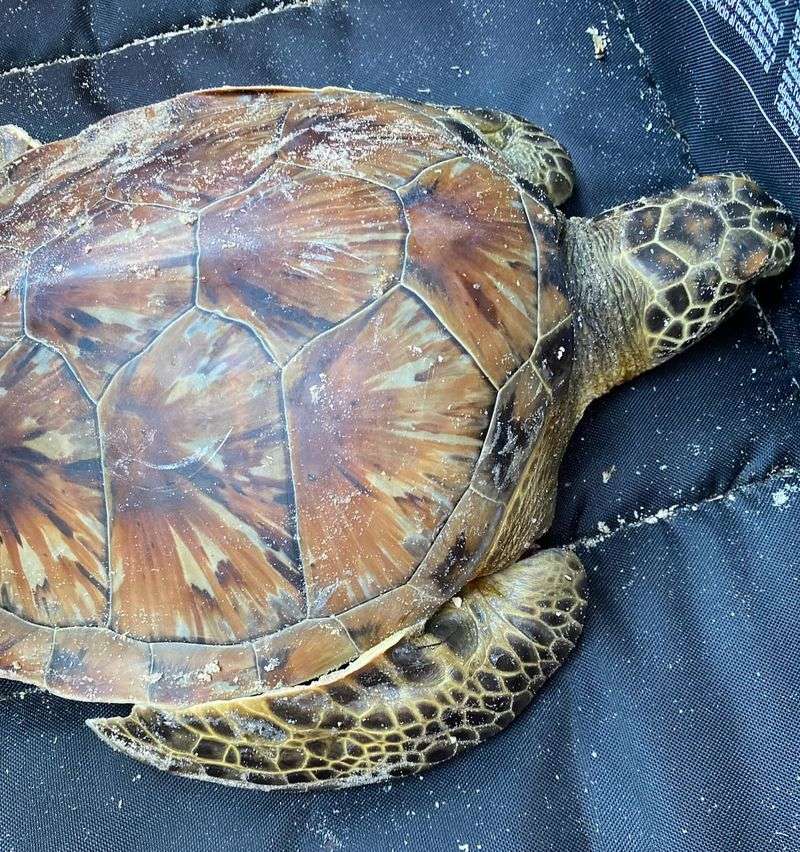Finding a turtle in your backyard can be an exciting surprise, especially here in New Jersey where several native species make their homes. These shelled visitors often wander into yards searching for food, nesting spots, or simply passing through on their way to water.
Knowing how to respond properly protects both you and the turtle, ensuring these ancient reptiles continue thriving in our neighborhoods.
1. Observe From A Safe Distance First
Before rushing over, take a moment to watch the turtle from where you stand. Many species native to New Jersey are harmless, but snapping turtles can deliver a powerful bite if they feel threatened.
Look at the shell shape and head size to get clues about what kind you’re dealing with. Box turtles have dome-shaped shells, while snapping turtles have larger heads and long tails.
Keep pets and children away until you’ve identified whether it’s safe to approach closer.
2. Identify The Species If Possible
New Jersey hosts several turtle species, including Eastern box turtles, painted turtles, and common snapping turtles. Eastern box turtles have hinged shells with yellow and orange patterns, making them easy to spot.
Painted turtles show red markings along their shells and skin, while snappers have rough, dark shells and prehistoric-looking faces. Knowing which species visited helps you decide the best course of action.
Some turtles are protected by state law, so proper identification matters for their conservation.
3. Let The Turtle Pass Through Naturally
Most turtles are just passing through your property and will leave on their own within a few hours. Unless the turtle is in immediate danger from traffic, predators, or lawn equipment, the kindest option is leaving it alone.
Turtles have excellent navigation instincts and know where they’re headed, whether that’s a pond, nesting area, or another part of their territory. Interfering with their journey can actually disorient them.
Simply monitor from afar and let nature take its course whenever possible.
4. Move It Carefully If Necessary
Sometimes a turtle ends up in a dangerous spot like near a pool, driveway, or road. If you must move it, always carry it in the direction it was already heading.
For smaller turtles, gently pick them up by holding both sides of the shell near the middle. With snapping turtles, use a shovel or large piece of cardboard to scoot them along, keeping your hands far from their powerful jaws.
Never lift turtles by their tails, as this can injure their spine.
5. Contact Wildlife Experts For Injured Turtles
If the turtle appears injured with visible shell cracks, bleeding, or difficulty moving, professional help is needed. New Jersey has wildlife rehabilitation centers experienced in treating injured turtles and returning them to appropriate habitats.
Place the turtle in a ventilated cardboard box with a damp towel and keep it in a quiet, temperature-controlled space until help arrives. Avoid feeding it or applying any treatments yourself.
Quick action from trained professionals gives injured turtles the best chance at recovery and release.
6. Create A Safe Pathway Away From Danger
Turtles often wander into yards while searching for food, nesting spots, or simply passing through on their journey. Your first helpful action involves clearing obstacles that might trap or harm them during their travels.
Remove lawn equipment, close pool covers, and check window wells where turtles can become stuck. Garden netting and fencing gaps should also be examined since these create serious hazards.
By ensuring a clear route toward natural habitat, you help the turtle continue its journey without human interference. Most turtles know exactly where they want to go and just need safe passage. This simple act of kindness protects native wildlife while teaching kids valuable lessons about respecting nature.
7. Provide Temporary Shelter During Extreme Weather
Sometimes turtles appear during scorching heat waves or sudden cold snaps when they need a brief respite. Setting up a shaded area with damp leaves or providing access to shallow water can be lifesaving during temperature extremes.
A cardboard box with ventilation holes, placed in a cool garage or shaded porch, offers temporary refuge. Never keep the turtle longer than necessary—just until conditions improve outside.
Remember that turtles are wild animals with specific needs beyond our care capabilities. After the weather stabilizes, release the turtle in the same general area where you found it. This ensures it returns to familiar territory with established food sources and shelter options nearby.








